When you take that first sip of a perfectly crafted summer cocktail, what makes it so satisfying? The answer lies in a fascinating world of chemistry, biology, and physics working together to create an unforgettable flavor experience. Understanding the science behind what makes drinks taste amazing can transform how you approach summer entertaining and help you create beverages that truly wow your guests.
Whether you’re planning the ultimate summer barbecue party or simply want to elevate your home bartending skills, mastering the science of flavor will give you the knowledge to craft drinks that engage all the senses and leave lasting impressions.
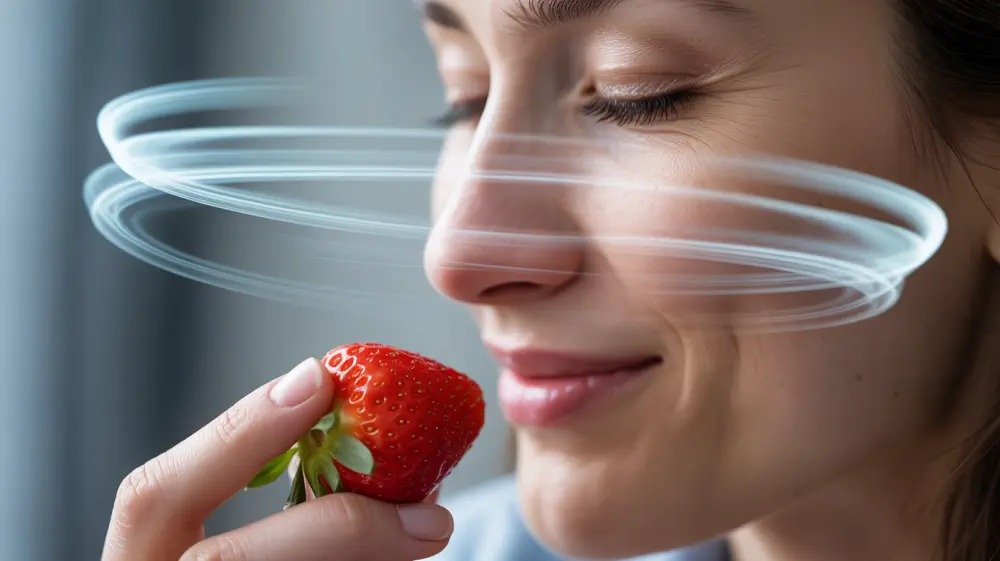
Introduction to Flavor Science in Beverages
Flavor science combines organic chemistry, neuroscience, and sensory psychology to understand why certain combinations create harmony while others clash. At its core, flavor perception involves three components: taste (tongue), aroma (nose), and texture (mouthfeel). These elements work together through flavor binding, where volatile compounds interact with receptors to create complete flavor experiences.
Modern beverage development relies on understanding molecular interactions. Professional flavorists analyze volatile organic compounds, esters, aldehydes, and terpenes to recreate natural flavors or develop new taste experiences. This knowledge becomes essential when creating comprehensive refreshing summer drinks that satisfy diverse palates.
The Five Basic Taste Components
Sweet – The Foundation of Most Summer Beverages
Sweetness in beverages comes from various sources, each with unique chemical properties that affect flavor perception differently. Natural sugars like fructose (found in fruits) and glucose (from corn syrups) interact with taste receptors in distinct ways, creating different sweetness profiles and intensities.
Fructose is approximately 1.7 times sweeter than table sugar (sucrose) and has a clean, bright sweetness that enhances fruit flavors. This makes it ideal for summer drinks where you want to highlight natural fruit characteristics. Glucose, on the other hand, provides a more mellow sweetness that doesn’t mask other flavors, making it excellent for balanced cocktails.
Alternative sweeteners like stevia, monk fruit, and erythritol offer different sweetness curves – the way sweetness is perceived over time. Stevia provides intense initial sweetness but can have a lingering bitter aftertaste, while erythritol offers clean sweetness with a cooling effect that can enhance the refreshing quality of summer beverages.
The chemistry of sweetness also involves molecular structure. Sweet compounds typically have specific arrangements of hydroxyl groups that fit into sweetness receptors like a key in a lock. Understanding this helps explain why some artificial sweeteners taste different from sugar – they may trigger the same receptors but with slightly different molecular interactions.
Sour – Adding Brightness and Balance
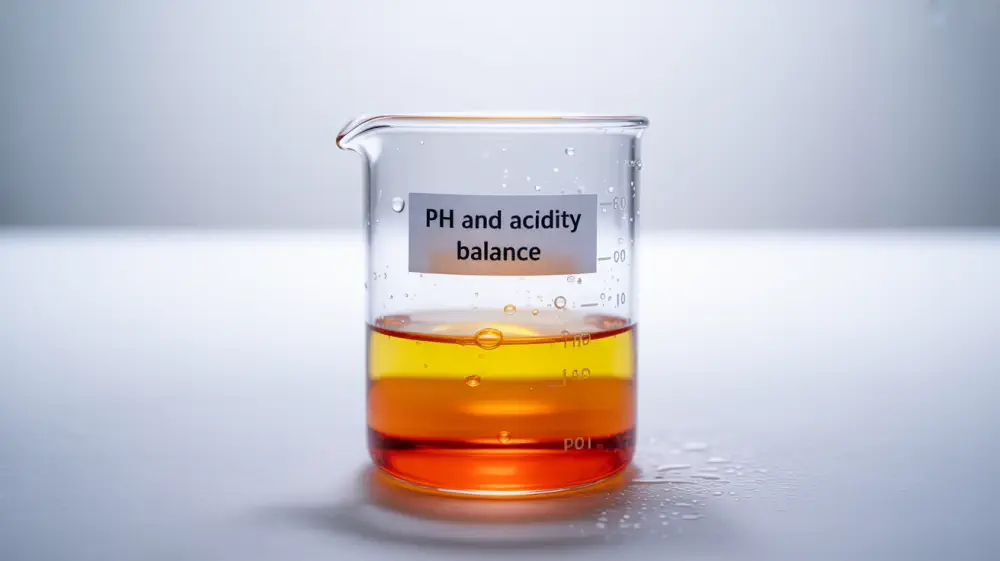
Acidity is perhaps the most crucial element in creating refreshing summer drinks. Sour flavors come from various acids, each contributing different characteristics to the overall flavor profile. Citric acid (from citrus fruits) provides bright, clean tartness, while malic acid (from apples and grapes) offers a softer, more rounded sourness.
The science of sourness involves hydrogen ion concentration, measured on the pH scale. Most refreshing summer beverages fall between pH 2.5 and 4.0, with lower numbers indicating higher acidity. Lemon juice typically measures around pH 2.3, while tomato juice sits at approximately pH 4.2.
| Beverage | Typical pH | Primary Acid | Flavor Character |
|---|---|---|---|
| Lemon Juice | 2.3 | Citric Acid | Bright, sharp |
| Lime Juice | 2.1 | Citric Acid | Intense, clean |
| Apple Juice | 3.4 | Malic Acid | Soft, rounded |
| Wine | 3.0-3.8 | Tartaric Acid | Complex, balanced |
Acidity serves multiple functions beyond flavor. It acts as a natural preservative, enhances the perception of other flavors (particularly sweetness), and provides the “brightness” that makes drinks refreshing. The interaction between acids and other compounds also affects color stability – many natural fruit colors change dramatically with pH shifts.
Bitter – Complexity and Sophistication
Bitter compounds add depth and complexity to summer beverages, providing a sophisticated counterpoint to sweet and sour elements. These compounds, including alkaloids like caffeine and quinine, interact with specialized bitter taste receptors on the tongue.
Interestingly, humans have evolved to be sensitive to bitter compounds because many toxins taste bitter. However, in controlled amounts, bitterness enhances overall flavor perception and can make drinks more satisfying and less cloying. This is why a dash of bitters can transform a simple syrup-heavy cocktail into a balanced, sophisticated drink.
Coffee provides an excellent example of the beneficial effects of bitterness. The roasting process creates hundreds of bitter compounds that interact with sweet and acidic elements to create coffee’s complex flavor profile. Similarly, hops in beer contribute bitter compounds that balance malt sweetness.
In summer drinks, bitter elements often come from botanical ingredients like herbs, citrus peels, and specialty bitters. These compounds are typically more concentrated in the peel and outer layers of fruits and vegetables, which is why zesting or muddling techniques can dramatically increase bitter notes in cocktails.
Salty – The Unexpected Enhancer
Salt might seem like an unusual addition to summer beverages, but it plays a crucial role in flavor enhancement and balance. Sodium chloride doesn’t just add saltiness – it amplifies other flavors, suppresses bitterness, and can enhance sweetness perception.
The science behind salt’s flavor-enhancing properties involves its interaction with taste receptors and its ability to release bound flavor compounds. Salt can break down protein structures, releasing trapped aromatic molecules and intensifying overall flavor perception. This is why a pinch of salt in chocolate milk makes it taste more chocolatey, or why salted caramel has become such a popular flavor combination.
In summer cocktails, salt often appears in rim preparations or as a minor ingredient in complex syrups. The key is using just enough to enhance other flavors without making the drink taste obviously salty. Different types of salt – sea salt, kosher salt, flavored salts – contribute varying mineral profiles that can subtly affect flavor.
Umami – Savory Notes in Modern Mixology
Umami, often called the fifth taste, represents savory flavors that add depth and satisfaction to beverages. While less common in traditional summer drinks, umami elements are increasingly appearing in craft cocktails and sophisticated non-alcoholic beverages.
Umami compounds include glutamates (found in tomatoes, mushrooms, and aged cheeses), nucleotides (from meats and seafood), and various fermented products. These compounds create a sense of fullness and satisfaction that can make drinks more memorable and satisfying.
In beverage applications, umami often comes from ingredients like tomato juice (Bloody Marys), mushroom-infused spirits, or even small amounts of soy sauce or miso in experimental cocktails. The key is balance – umami should enhance rather than dominate the flavor profile.
Temperature and Flavor Perception
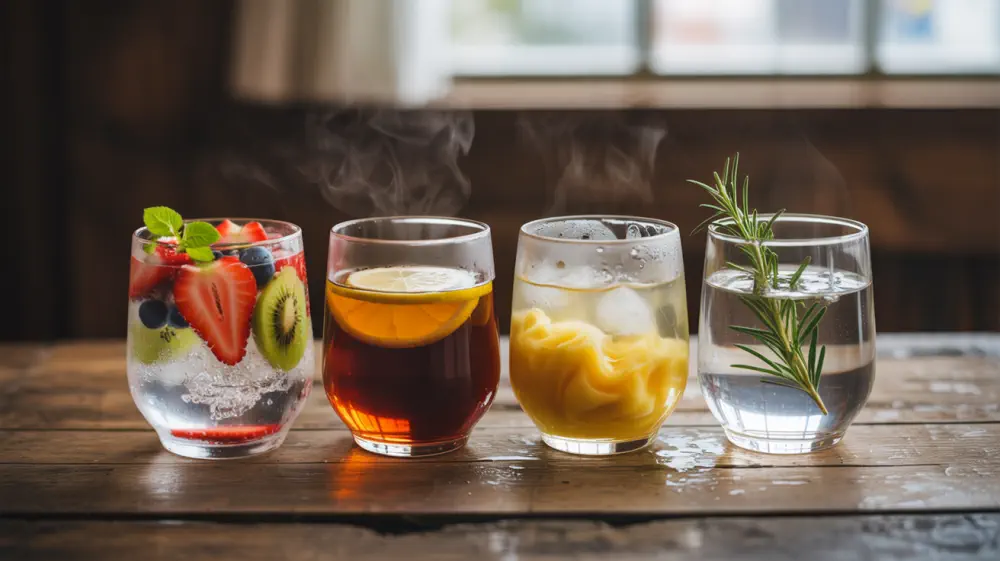
Temperature dramatically affects taste sensitivity and volatile compound release. Cold temperatures suppress sweetness while enhancing sourness, explaining why ice-cold sodas taste more tart than room-temperature ones.
| Temperature Range | Effect on Taste | Best Applications | Volatile Release |
|---|---|---|---|
| 32-40°F | Suppressed sweetness, enhanced sourness | Maximum refreshment | Low aroma |
| 40-50°F | Balanced perception | Complex cocktails | Moderate aroma |
| 50-60°F | Enhanced sweetness and aroma | Wine, spirits | High aroma |
| 60°F+ | All flavors intensified | Hot beverages only | Maximum aroma |
Professional bartenders adjust recipes for serving temperature, often increasing sweetness in very cold drinks to maintain balance.
[IMAGE PLACEHOLDER: Side-by-side temperature comparison photos]
pH Levels and Acidity Balance
pH affects both flavor perception and beverage stability. Most palatable summer drinks fall between pH 2.5-6.0, with optimal refreshment around pH 3.0-4.0.
| Beverage Type | Typical pH | Primary Acid | Flavor Character |
|---|---|---|---|
| Lemon Juice | 2.3 | Citric | Bright, sharp |
| Lime Juice | 2.1 | Citric | Intense, clean |
| White Wine | 3.0-3.8 | Tartaric | Balanced, complex |
| Coffee | 4.8-5.1 | Chlorogenic | Rich, smooth |
| Tomato Juice | 4.2 | Citric/Malic | Savory, robust |
Lower pH enhances fruit flavors and provides brightness, while higher pH can make drinks taste flat. This knowledge proves essential when incorporating elements from fruit-infused water drinks into your repertoire.
Aroma Compounds and Volatile Science
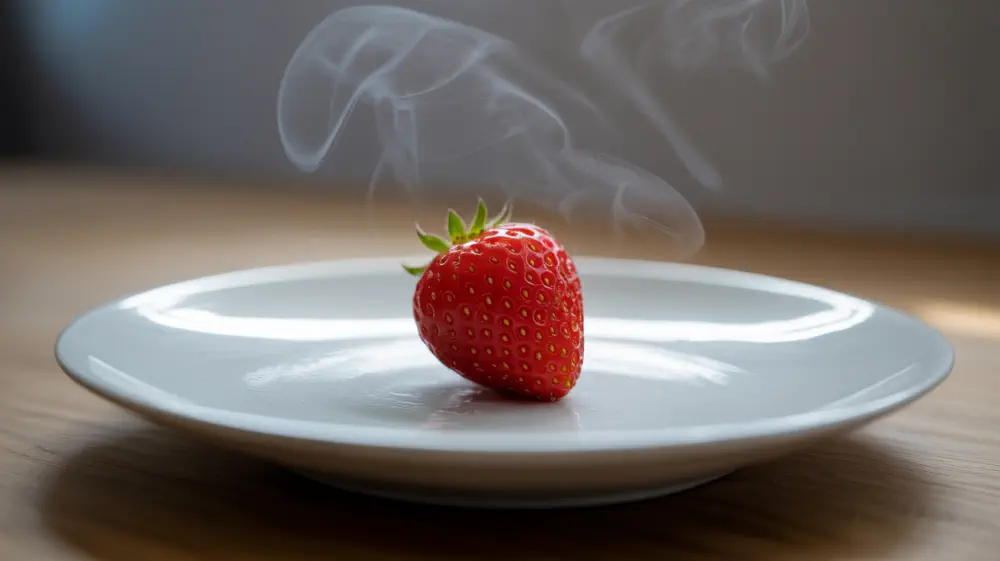
🌡️ Serving Temperature Calculator
Find the perfect temperature for optimal flavor and enjoyment
🌡️ Temperature Converter
°F = °C
⏱️ Chill Time Estimator
From room temp to optimal:
Aroma contributes 80% of what we perceive as flavor. Volatile compounds travel from beverages to olfactory receptors through both direct inhalation and retronasal olfaction during swallowing.
| Compound Class | Sources | Aroma Profile | Optimal Temperature |
|---|---|---|---|
| Terpenes | Citrus peels, herbs | Fresh, bright | 45-55°F |
| Esters | Fruits, fermentation | Fruity, floral | 40-50°F |
| Aldehydes | Vanilla, nuts, citrus | Sweet, green | 50-60°F |
| Phenols | Herbs, spices | Medicinal, smoky | 55-65°F |
Understanding these compounds helps optimize ingredient handling. Gentle zesting releases pleasant terpenes, while aggressive muddling extracts bitter compounds from piths.
Interactive Summer Beverage Aroma Wheel
Ice Science and Dilution Effects
Ice serves multiple functions beyond cooling, providing controlled dilution that enhances rather than diminishes flavor when properly managed.
| Ice Type | Melting Rate | Dilution Level | Best Applications |
|---|---|---|---|
| Large Cubes (2″×2″) | Very Slow | Minimal | Premium spirits, slow sippers |
| Standard Cubes (1″×1″) | Medium | Moderate | Most cocktails |
| Crushed Ice | Fast | High | Frozen drinks, rapid chilling |
| Ice Spheres | Slowest | Minimal | Whiskey, presentation drinks |
Water quality becomes crucial since ice often comprises 20-30% of final beverage volume. Filtered water produces cleaner-tasting drinks while mineral content can enhance or detract from specific flavors.
Color Psychology and Visual Impact
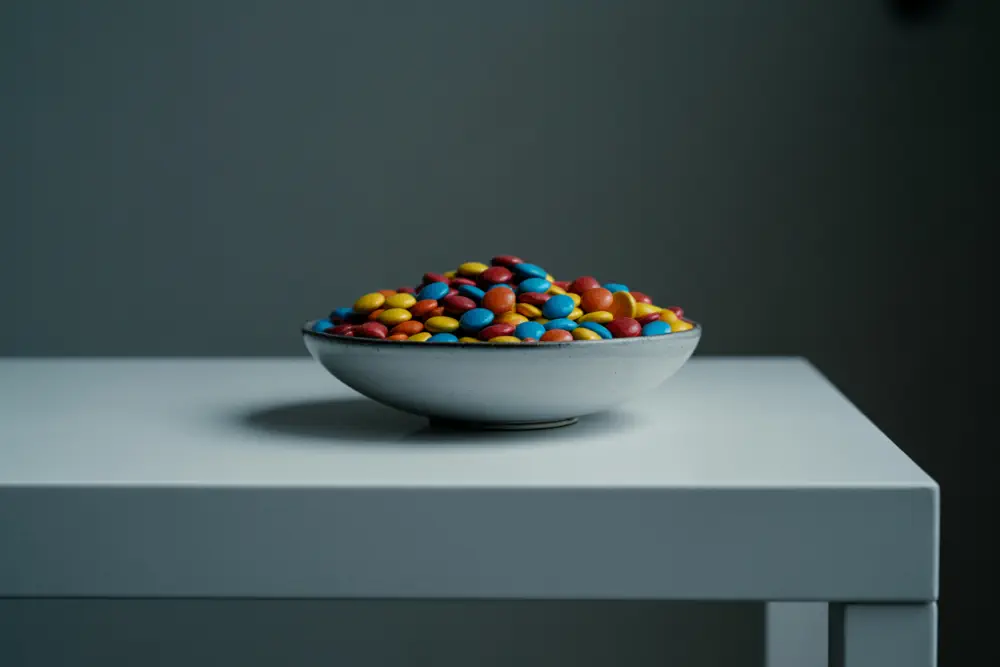
Color powerfully influences flavor expectations, often affecting taste perception by up to 10% even when sugar content remains identical.
| Color | Expected Flavor | Psychological Effect | Enhancement Strategy |
|---|---|---|---|
| Red | Sweet, berry-like | Appetite stimulation | Natural fruit colors |
| Yellow | Citrus, tropical | Energy, freshness | Turmeric, citrus oils |
| Green | Tart, herbal | Natural, healthy | Chlorophyll, herbs |
| Blue | Unfamiliar, cool | Appetite suppression | Butterfly pea flower |
| Purple | Rich, complex | Luxury, sophistication | Anthocyanins |
Understanding color psychology helps create Instagram-worthy presentations that align visual expectations with actual flavors, essential for modern creative mocktails.
Which flavor profile do you prefer in summer drinks?
Test Your Flavor Science Knowledge
1. Which temperature range optimizes sweet taste perception?
Below 32°F59°F – 95°F
Above 100°F
2. What pH level indicates a neutral beverage?
07
14
3. Which compound is primarily responsible for banana flavor?
LimoneneIsoamyl acetate
Vanillin
Interactive Summer Beverage Flavor Wheel
Molecular Interactions in Mixed Drinks
Understanding how ingredients interact at the molecular level explains why certain combinations succeed while others fail.
| Interaction Type | Mechanism | Examples | Result |
|---|---|---|---|
| Emulsification | Oil-water binding | Egg whites, cream | Smooth texture |
| pH Reactions | Acid-base changes | Citrus + anthocyanins | Color changes |
| Alcohol Extraction | Solvent properties | Spirit + herbs | Concentrated flavors |
| Carbonation | CO2 dissolution | Sparkling + citrus | Enhanced aroma |
These interactions become particularly important when creating sophisticated seasonal cocktail pairings that complement food flavors.
Advanced Flavor Enhancement Techniques
Modern mixology employs various scientific techniques to extract and enhance flavors beyond traditional mixing methods.
| Technique | Science Principle | Applications | Time Required |
|---|---|---|---|
| Cold Infusion | Gentle extraction | Delicate herbs, fruits | 2-24 hours |
| Fat Washing | Lipid solubility | Savory flavors | 3-6 hours |
| Clarification | Particle removal | Clear, clean flavors | 1-4 hours |
| Carbonation | CO2 integration | Enhanced aroma delivery | Immediate |
These techniques help create the visual appeal essential for ice cubes with a twist and other presentation elements.
Alcohol’s Role in Flavor Perception
Ethanol affects flavor through multiple mechanisms beyond its own taste characteristics.
| Alcohol Content | Flavor Effects | Optimal Applications | Dilution Needs |
|---|---|---|---|
| 0-5% ABV | Minimal impact | Light refreshers | None |
| 5-15% ABV | Slight enhancement | Wine-based cocktails | Light |
| 15-25% ABV | Moderate extraction | Balanced cocktails | Moderate |
| 25%+ ABV | Strong extraction | Spirit-forward drinks | Significant |
Understanding these relationships helps when developing non-alcoholic alternatives that maintain satisfaction without alcohol’s enhancing properties, crucial for comprehensive mocktail mixology basics.
Summer Event Applications
Applying flavor science to summer entertaining requires understanding how environmental factors affect beverage performance.
| Event Factor | Impact on Flavor | Adjustment Strategy | Timing Considerations |
|---|---|---|---|
| High Temperature | Faster ice melting | Increase sweetness 10-15% | Serve immediately |
| Humidity | Affects carbonation | Use drier garnishes | Shorter holding times |
| Sunlight | Degrades vitamins | UV-protective containers | Rotate stock frequently |
| Duration | Flavor evolution | Progressive menu design | 2-3 hour maximum |
These considerations become essential when following a comprehensive BBQ event planning guide where drink quality must maintain throughout extended outdoor events.
Setting Up Your Summer Beverage Bar
Scientific principles help optimize beverage station design for consistent quality and guest satisfaction.
| Station Element | Scientific Principle | Implementation | Quality Control |
|---|---|---|---|
| Ice Management | Temperature maintenance | Insulated containers | Replace every 2 hours |
| Ingredient Storage | Light/heat protection | Covered, chilled | Monitor temperatures |
| Mixing Equipment | Consistent technique | Standardized tools | Regular cleaning |
| Garnish Prep | Volatile preservation | Last-minute addition | Aromatic timing |
Health and Hydration Science
Understanding the benefits of hydration helps create beverages that refresh while supporting guest wellness.
| Hydration Factor | Mechanism | Beverage Impact | Optimization Strategy |
|---|---|---|---|
| Electrolyte Balance | Cellular hydration | Flavor enhancement | Add trace minerals |
| Osmolality | Absorption rate | Drinking satisfaction | Balanced concentrations |
| Alcohol Effect | Diuretic properties | Dehydration risk | Alternate with water |
| Temperature | Absorption speed | Comfort level | 50-60°F optimal |
Staying Current with Summer Drink Trends
Modern trends reflect scientific understanding of health, sustainability, and flavor optimization.
| Trend Category | Scientific Basis | Implementation | Future Outlook |
|---|---|---|---|
| Functional Beverages | Bioactive compounds | Health-supporting ingredients | Growing demand |
| Sustainable Ingredients | Local sourcing benefits | Local ingredients | Environmental priority |
| Low-Alcohol Options | Flavor without impairment | Complex non-alcoholic bases | Mainstream adoption |
| Personalization | Individual taste genetics | Customizable elements | Technology integration |
🧪 Science of Flavor Quiz
Test your knowledge of taste, aroma, and culinary chemistry!
Future of Beverage Science
Emerging technologies promise revolutionary changes in how flavors are created and delivered.
| Technology | Application | Timeline | Impact |
|---|---|---|---|
| AI Flavor Matching | Recipe optimization | 2-5 years | Personalized drinks |
| Biotechnology | Sustainable production | 5-10 years | New flavor sources |
| Smart Sensors | Real-time monitoring | 3-7 years | Quality assurance |
| Encapsulation | Controlled release | Available now | Flavor evolution |
Key Takeaways for Summer Success
• Temperature Management: Adjust sweetness for cold serving; optimal flavor at 45-55°F • pH Balance: Target 3.0-4.0 for refreshing summer drinks • Ice Strategy: Choose ice type based on desired dilution and timing • Aroma Focus: Remember that 80% of flavor comes from smell • Color Psychology: Align visual expectations with actual flavors • Ingredient Quality: Use peak-season ingredients for maximum impact • Timing: Serve drinks at optimal moments for best flavor expression
Frequently Asked Questions
1. Why do drinks taste different when they’re really cold versus slightly chilled? Cold temperatures suppress sweet taste receptors while enhancing sour perception. Very cold drinks (below 40°F) mask subtle flavors, while slightly chilled drinks (45-55°F) provide more complete flavor experiences.
2. How does pH affect drink taste? Lower pH (more acidic) enhances fruit flavors and provides brightness. Most refreshing summer drinks fall between pH 3.0-4.0 for optimal balance.
3. Why do artificial flavors taste different from natural ones? Natural flavors contain hundreds of compounds, while artificial versions typically use one or two dominant molecules, creating simpler, less nuanced tastes.
4. What’s the science behind salt enhancing flavors? Salt suppresses bitterness while enhancing sweetness and umami. It also releases bound aromatic compounds and increases saliva production for better flavor delivery.
5. How does carbonation affect flavor perception? Carbonation creates carbonic acid (mild tartness), carries aromatics more effectively, and provides textural interest that can make flavors seem more intense.

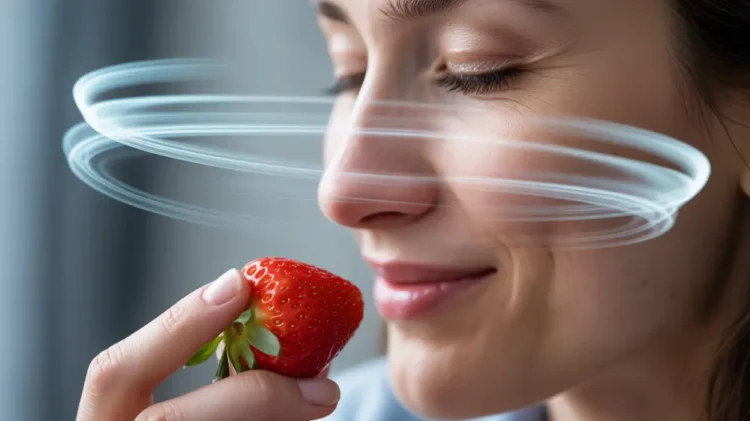
Pingback: Popular Seasonal Cocktail Pairings: The Guide To Summer Fun - Whaley Cooks